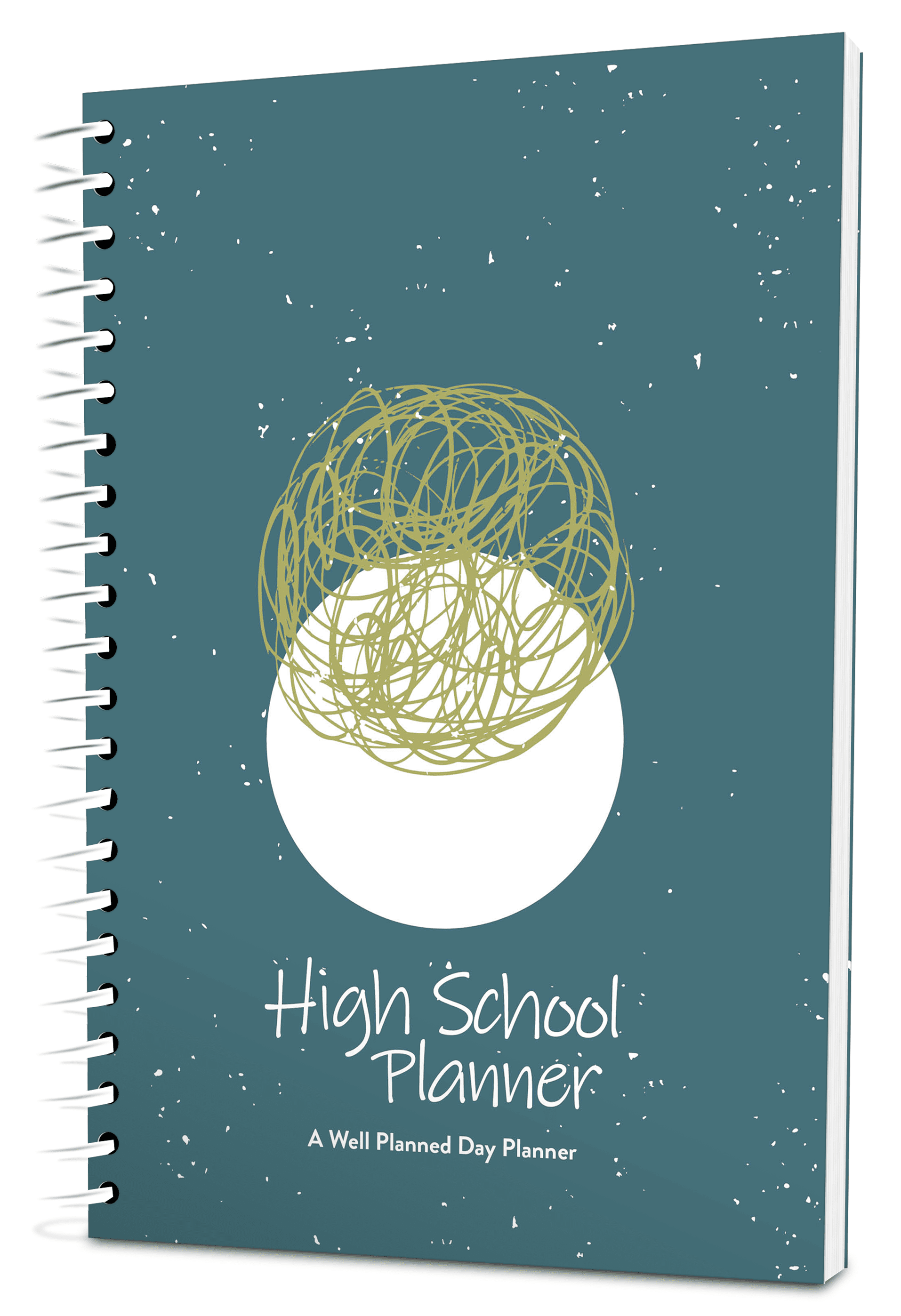What does project planning look like for you?
Many of us look at resources like the monthly project planning pages in our planners and immediately ask, “What do I do with this?”
“What things qualify as a project for the project planning pages? Should I be specifically coming up with a project each month? How is this distinct from setting goals and creating benchmarks?”
Project Planning Your Way
Here’s the thing about project planning, whether it’s laying out the plan on a steno pad or utilizing sections in a planner: you have to do it your way.
Each of us has a unique personality, unique brain function, and unique way of viewing life. That means we have to also figure out how planning works for us. This is true whether it’s homeschool planning, menu planning, to-do list planning, or project planning.
But, this poses a problem. How do we figure out what “my way” is?
Well, sometimes you have to look back to see what’s worked for you in the past. Other times you have to depend on trial and error, experimenting with this method or that until you hit on what works for you.
One of the easiest ways to figure out what “your way” is actually seems a bit counterintuitive because it involves exploring how other people do project planning!
You read that right: learning your way involves watching how other people do it their way to see what resonates with you.
Project Planning Examples
Let’s take a look at a few project planning examples that might help you figure out your style.
Project Planning for the Extras
Some planners see projects as distinctly different from goals and benchmarks. To them, goals and benchmarks are for things like planning the school year, building long-term habits, or conquering that stack of to-be-read books.
Projects, on the other hand, are short-term or temporary goals. This could be something as simple as cleaning out the garage, building a bookshelf, or tackling spring cleaning.
For this kind of planner, the Project page would be helpful for assigning the project to a specific month and breaking down the details. Every aspect of the project tracking would be self-contained on that page, with the exception of some to-do tasks that might end up on the weekly spread.
Project Planning for Breaking Down Goals
For some planners, a step is needed between completing the ASPIRE page to set a goal and breaking that goal down into benchmarks. They need the chance to lay out some details to make sure that they don’t miss anything when highlighting benchmarks. This is where project planning can come in handy.
In this scenario, having monthly Project Planning pages allows a goal to be broken down by month before it’s broken down by week. A monthly “big picture” brainstorming session can occur, making general notes about tasks that need to be done, resources that need to be obtained, and more.
Once all of this information is laid out, then it becomes easier to break the overall goal down into a list of weekly benchmarks on the Benchmark page.
Project Planning for Expanding on Benchmarks
Still other planners need this extra breakdown step after benchmarks are highlighted. Some benchmarks might be very general and need to be fleshed out a little more. If this is the way your brain works, you can take one of your benchmarks and work out more details using the Project page.
Or perhaps you need the benchmarks highlighted first so that you can then pull the pieces together to create a big picture of what you want to accomplish through the course of the month.
This planning system would be somewhat opposite of the concept of breaking down goals into projects before laying out benchmarks. Instead, you’d create a goal, lay out benchmarks, and then set up projects that allow you to complete your benchmarks.
Project Planning for More Detail
Sometimes project planning doesn’t fit into a tidy box but instead varies based on the need. This month, benchmarks might need a little extra fleshing out. Next month, a work project might need its own page for recording all of the details. Weekly to-dos may even reference the notes on the Project page.
Then the next month, the family might sit down and hash out a project to complete together.
While planning is important, consistently using a page for the same thing might feel a little constraining, and it could be freeing to have the ability to use a page for whatever is needed each month.
When it comes to project planning, the options are endless! How does project planning fit with your planner personality?












